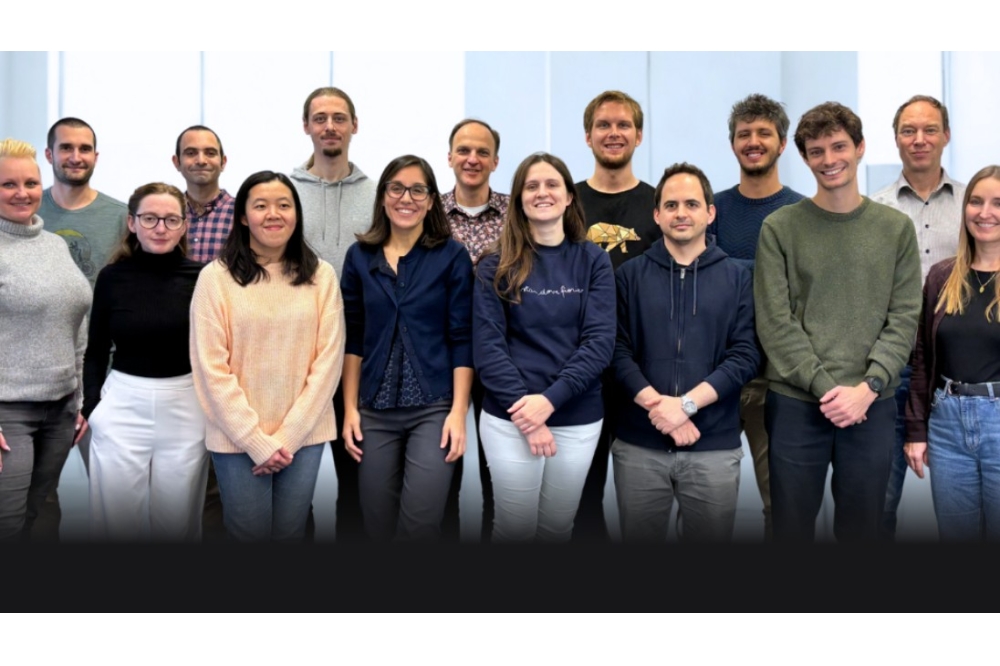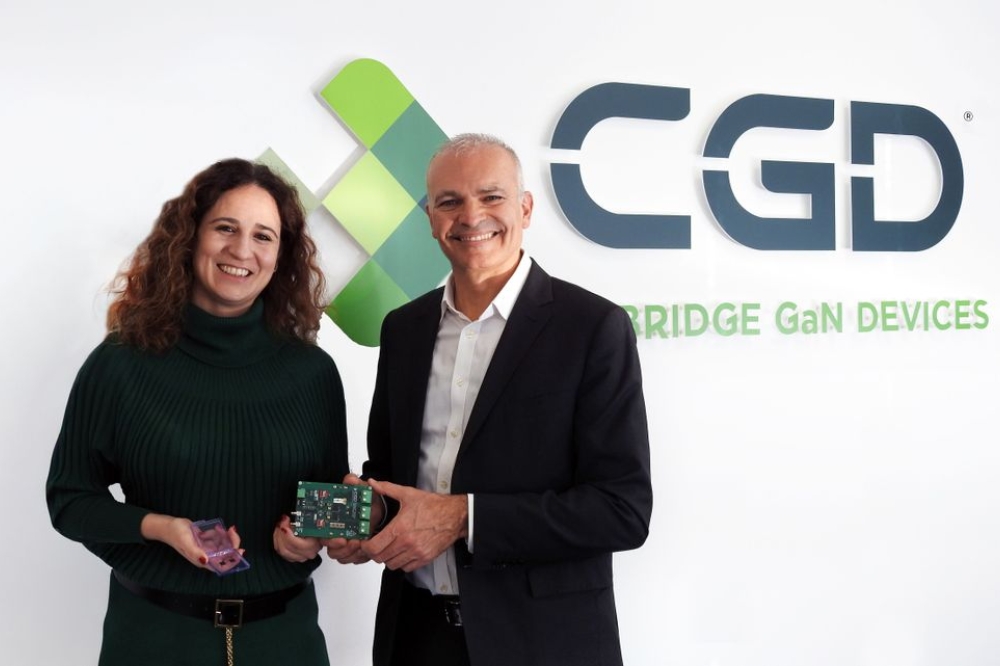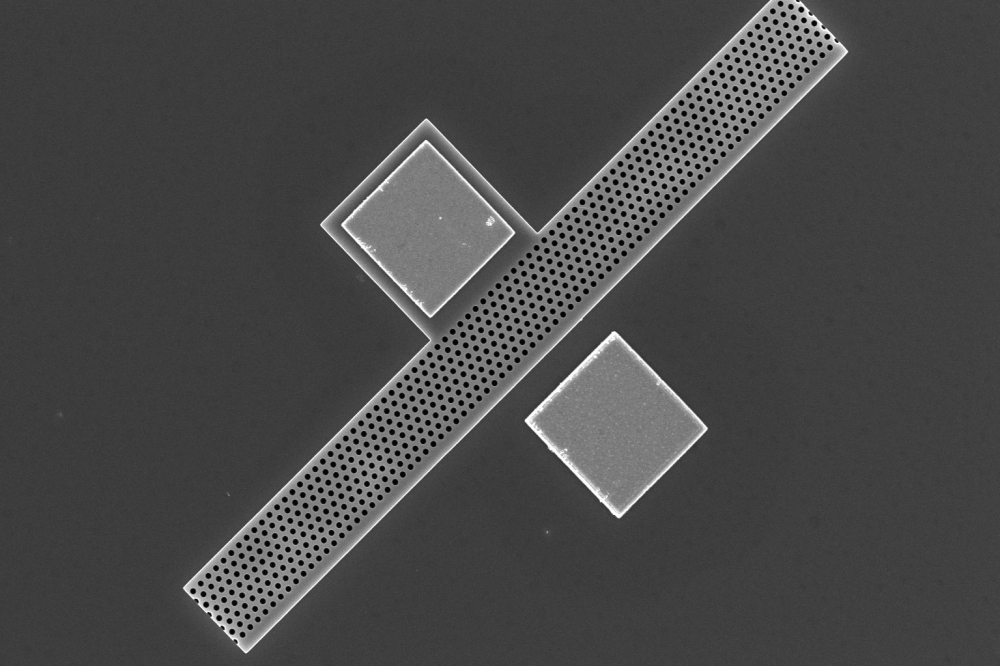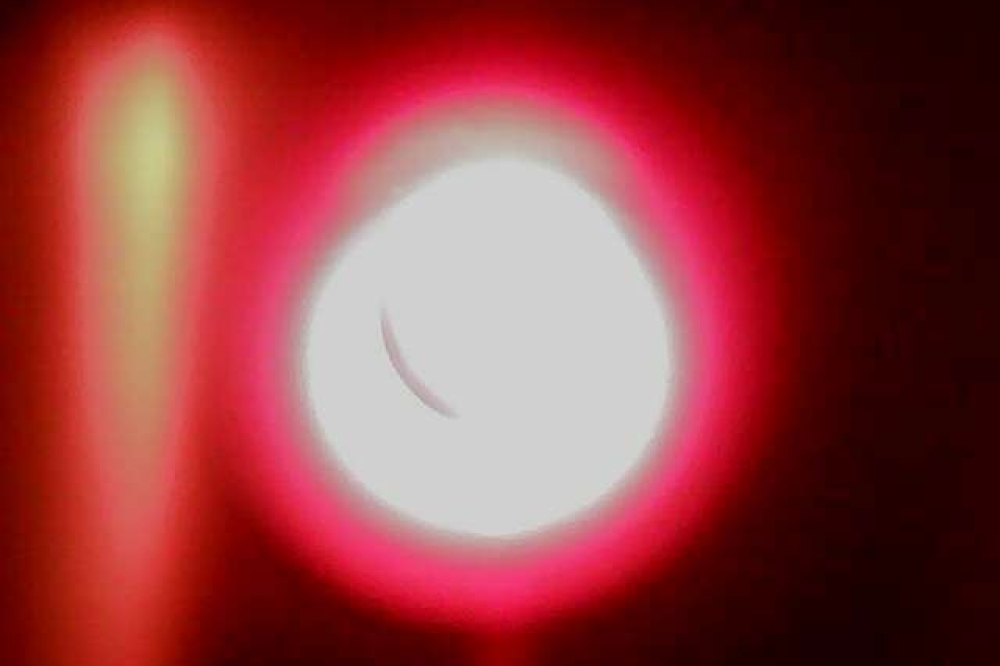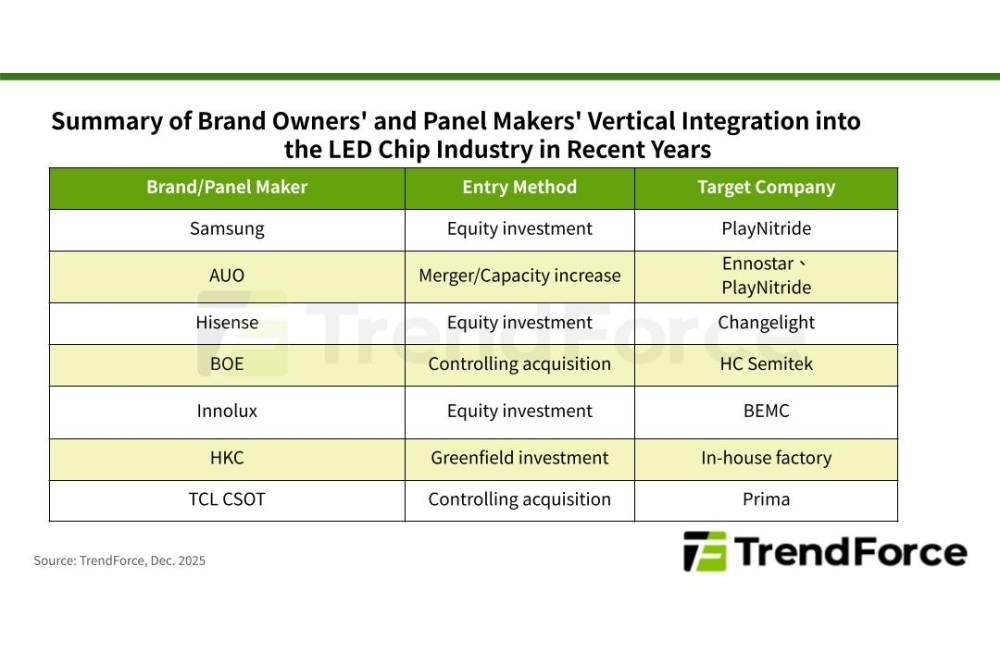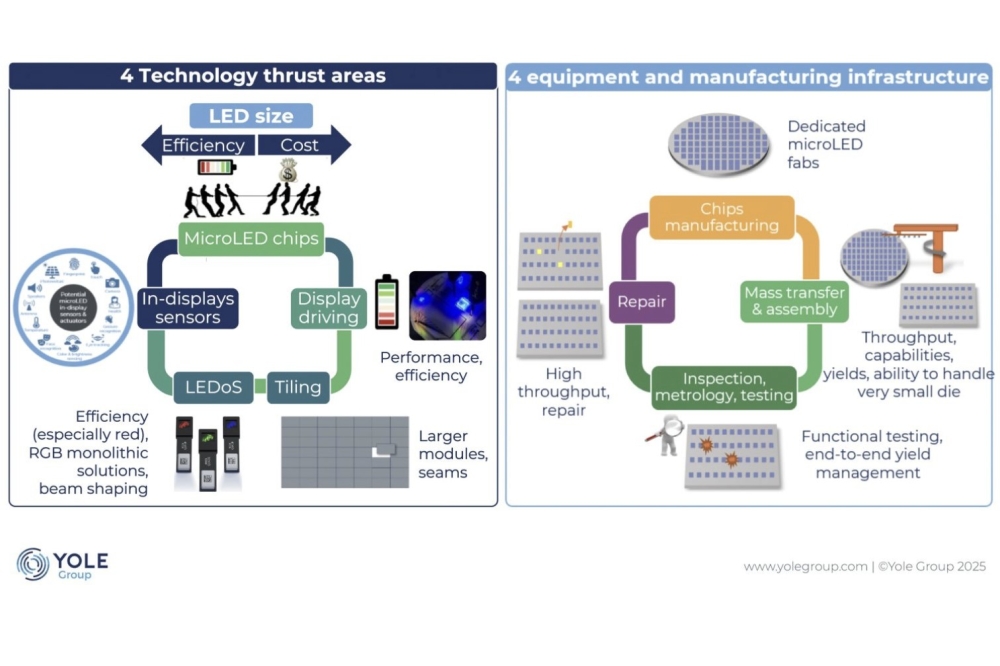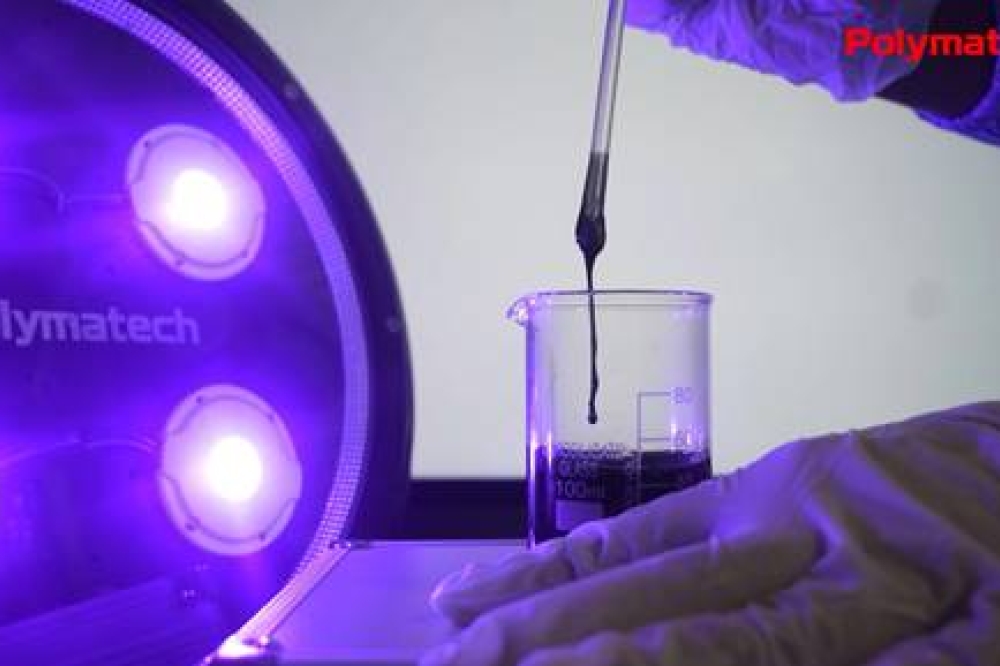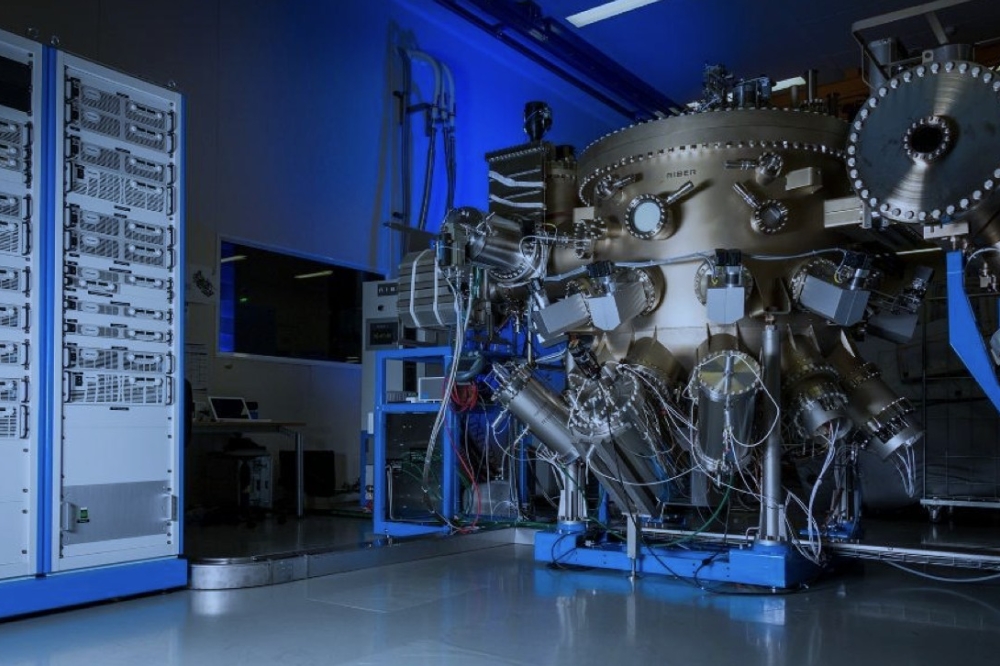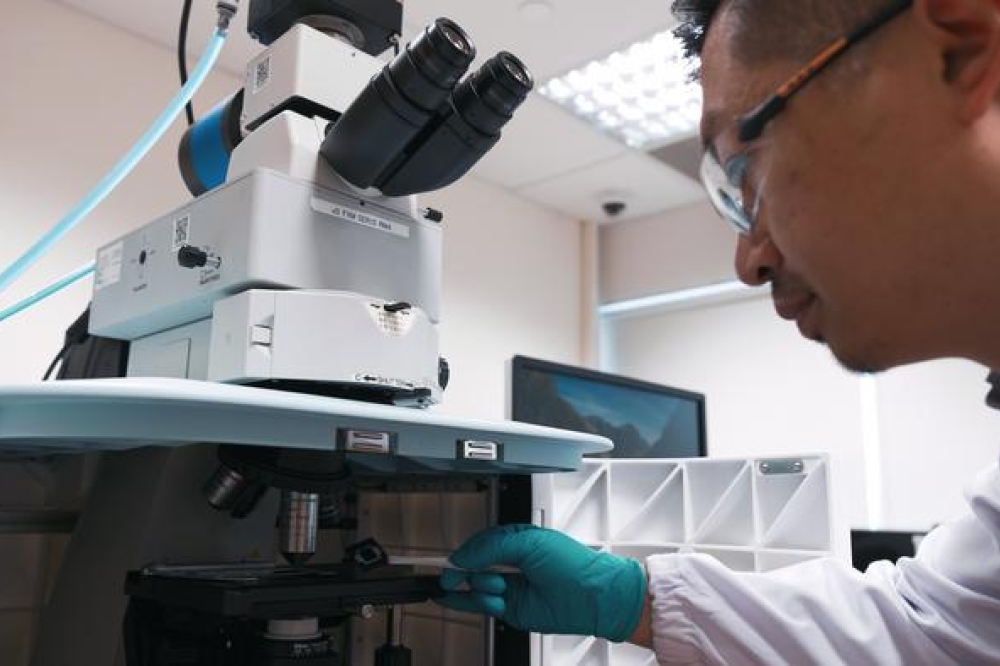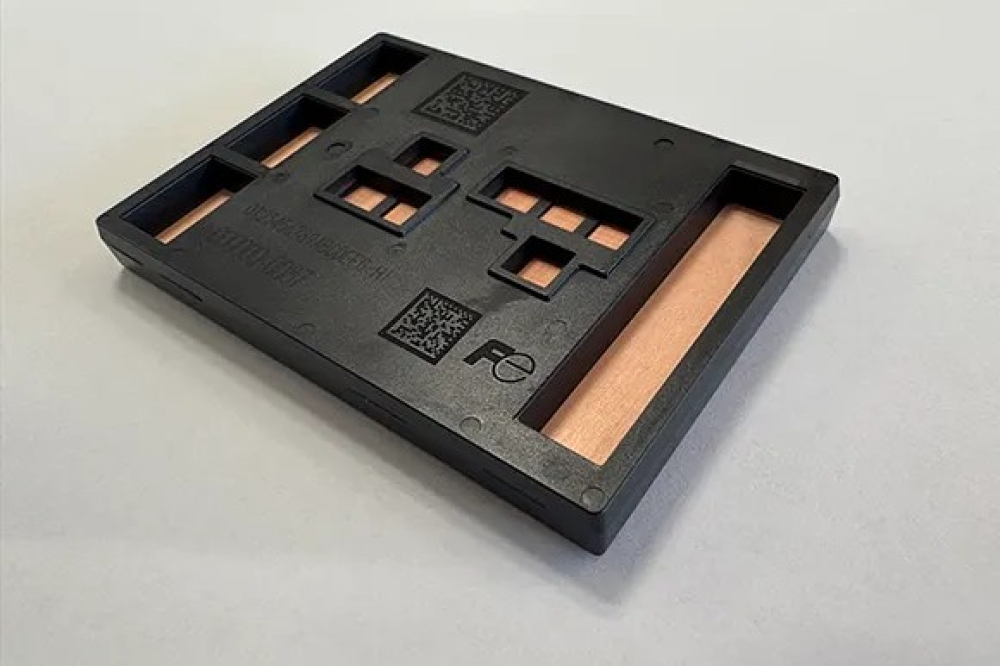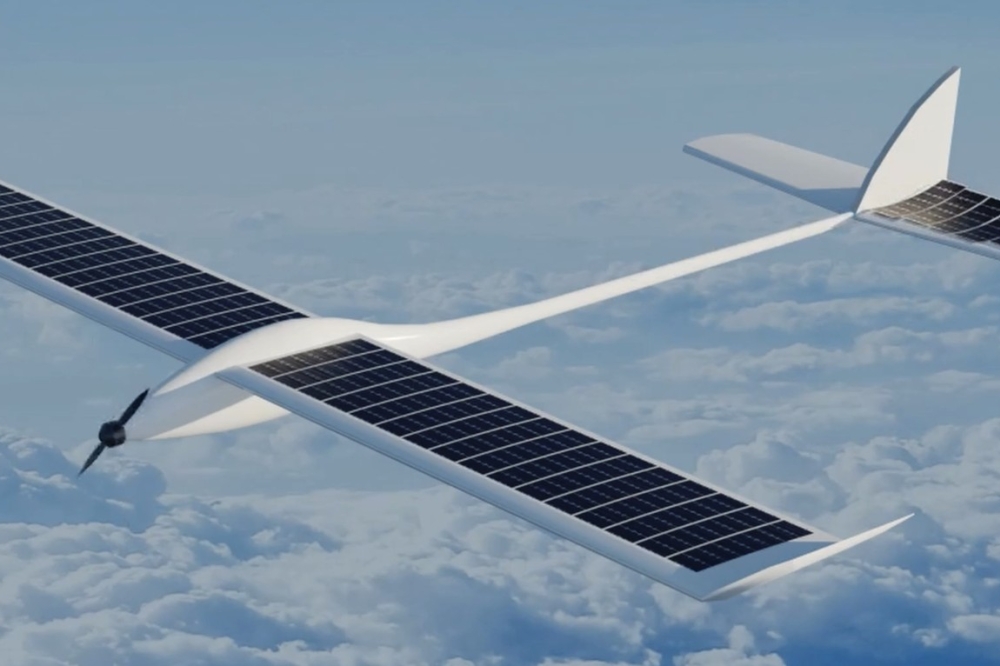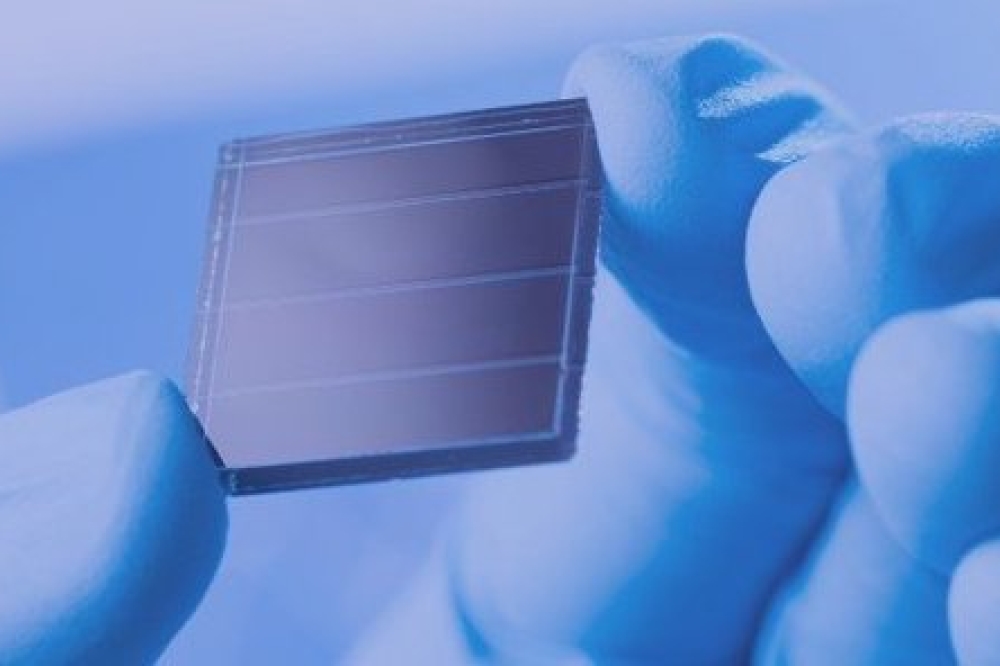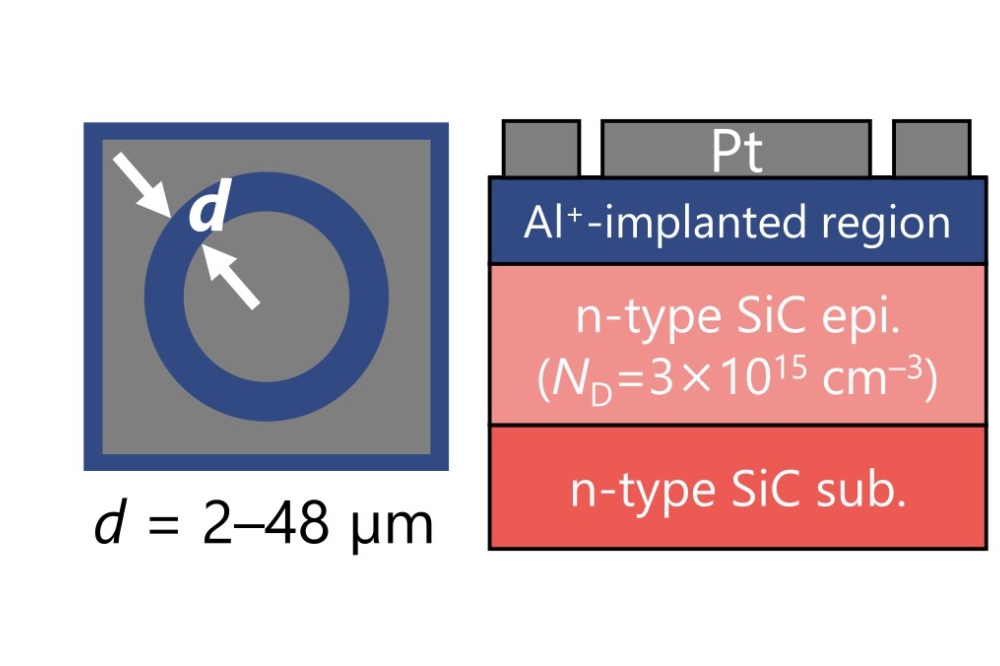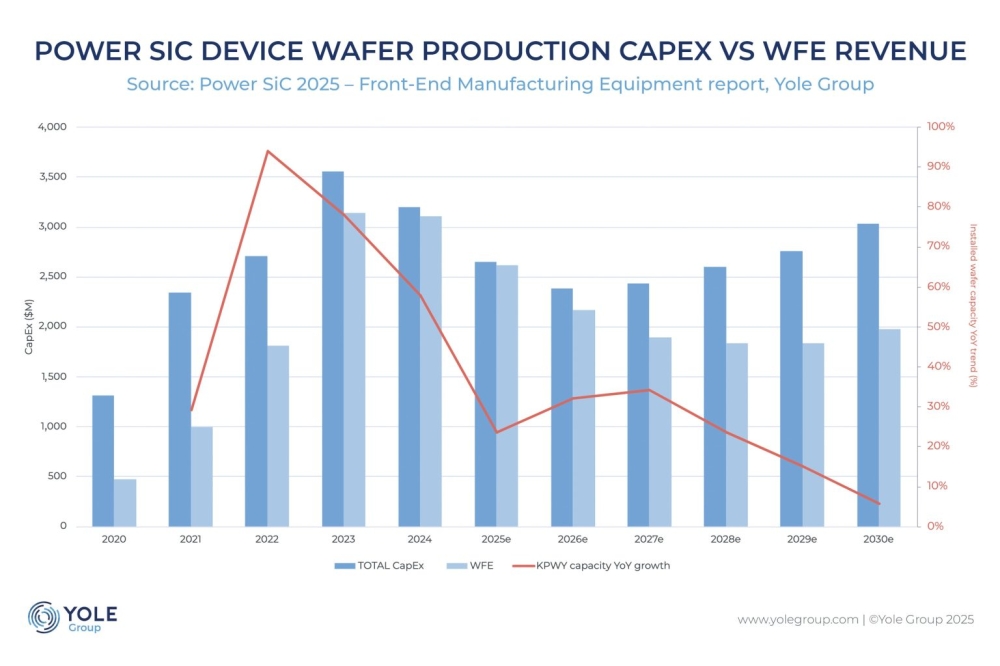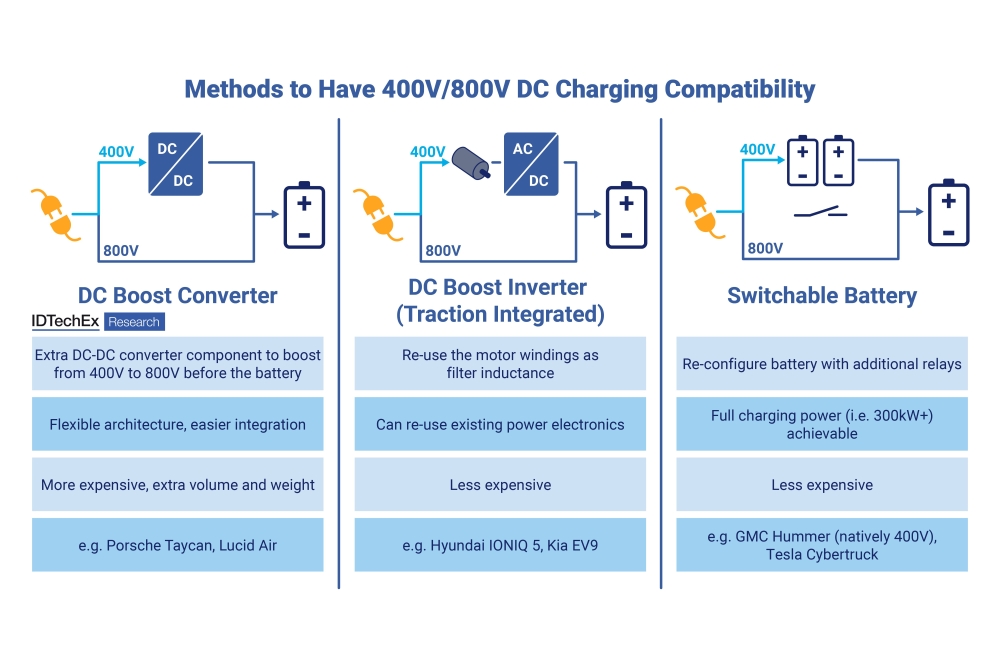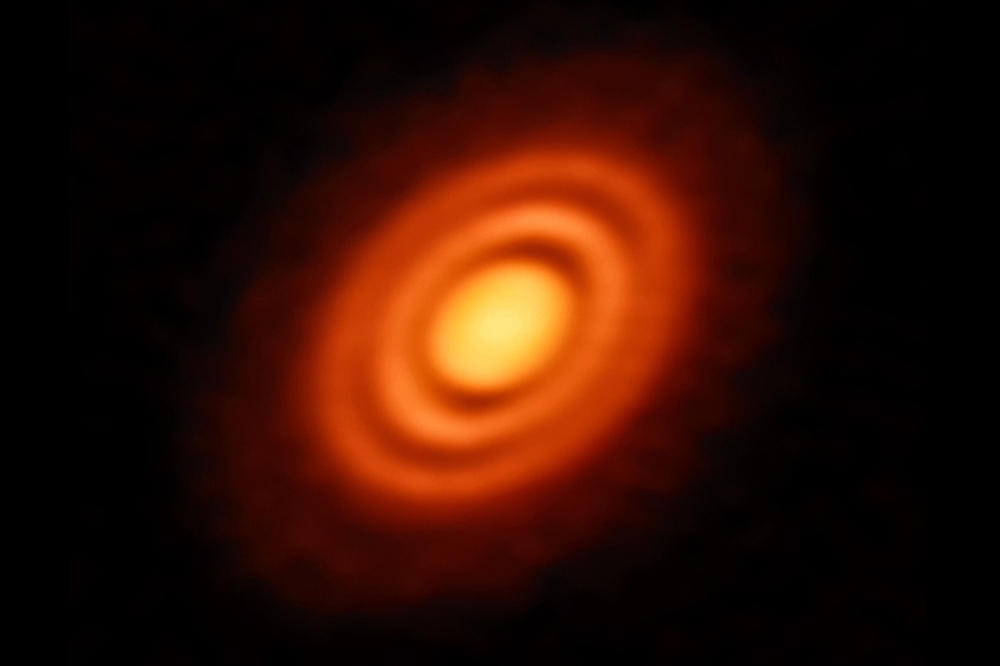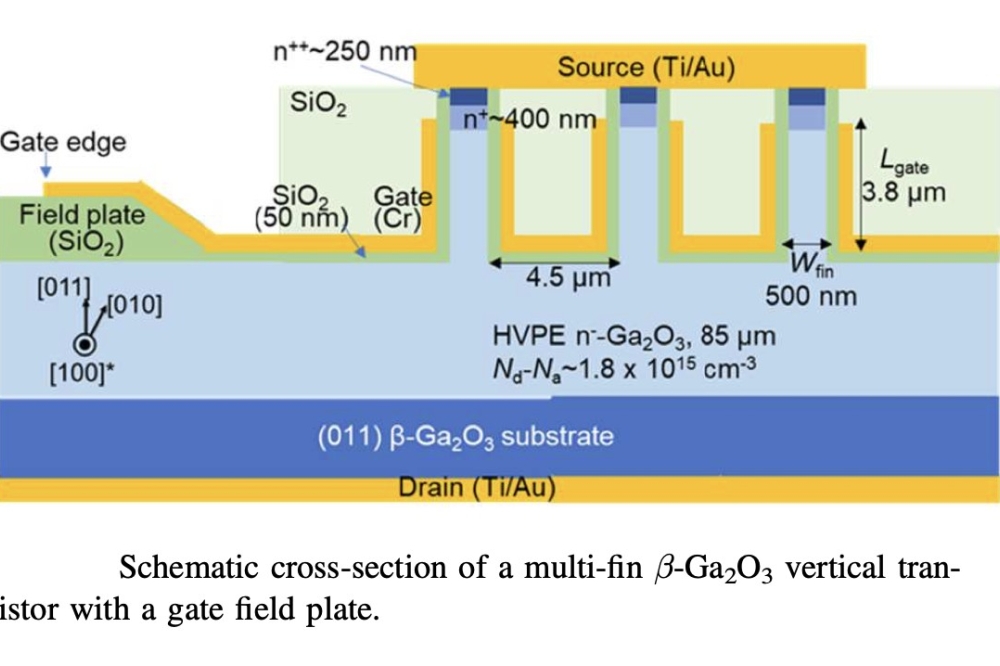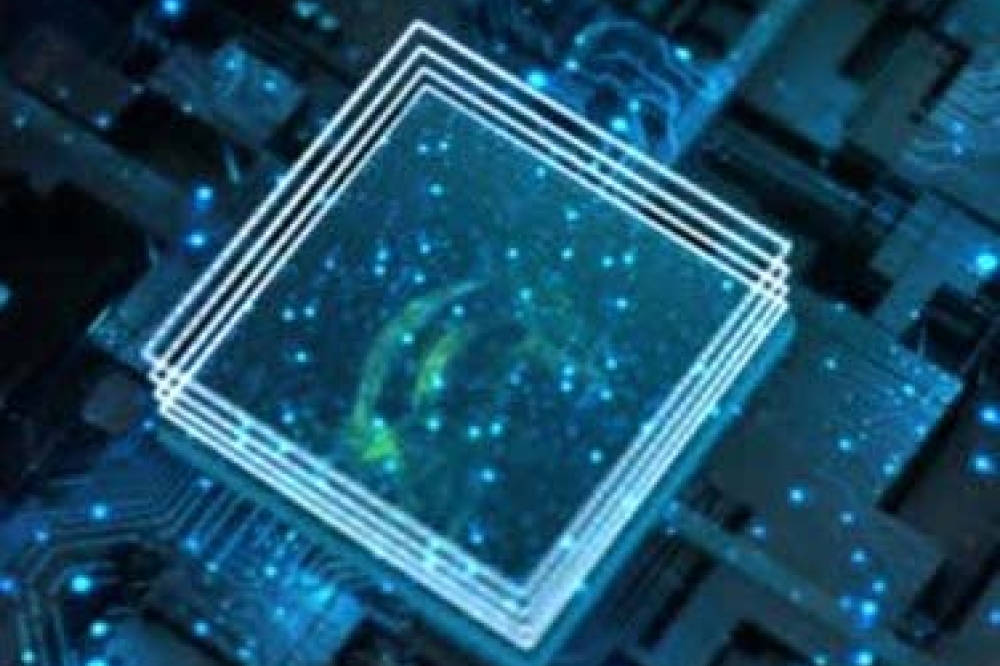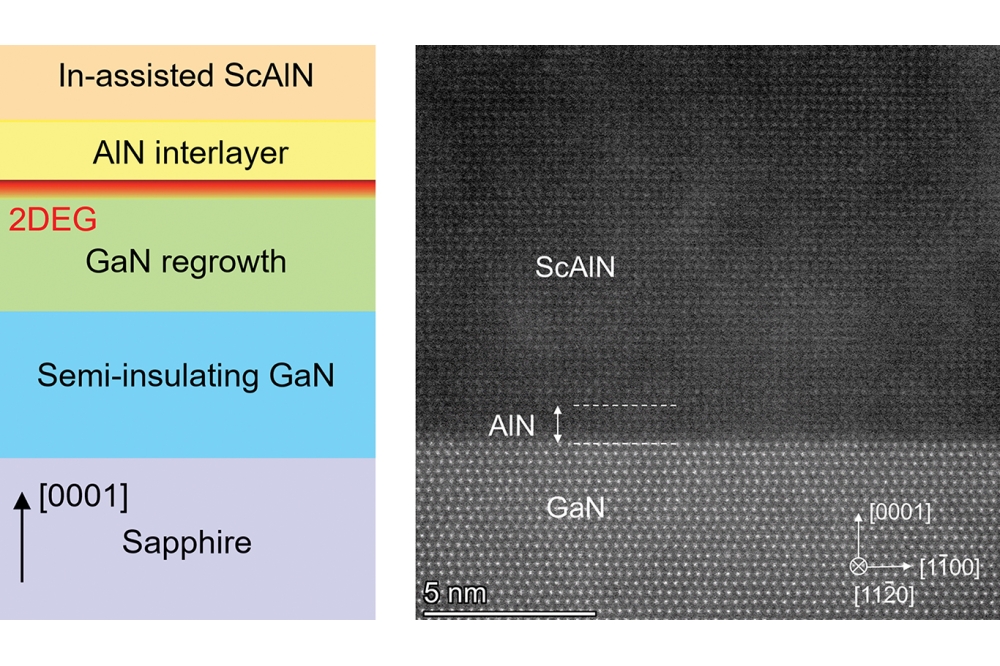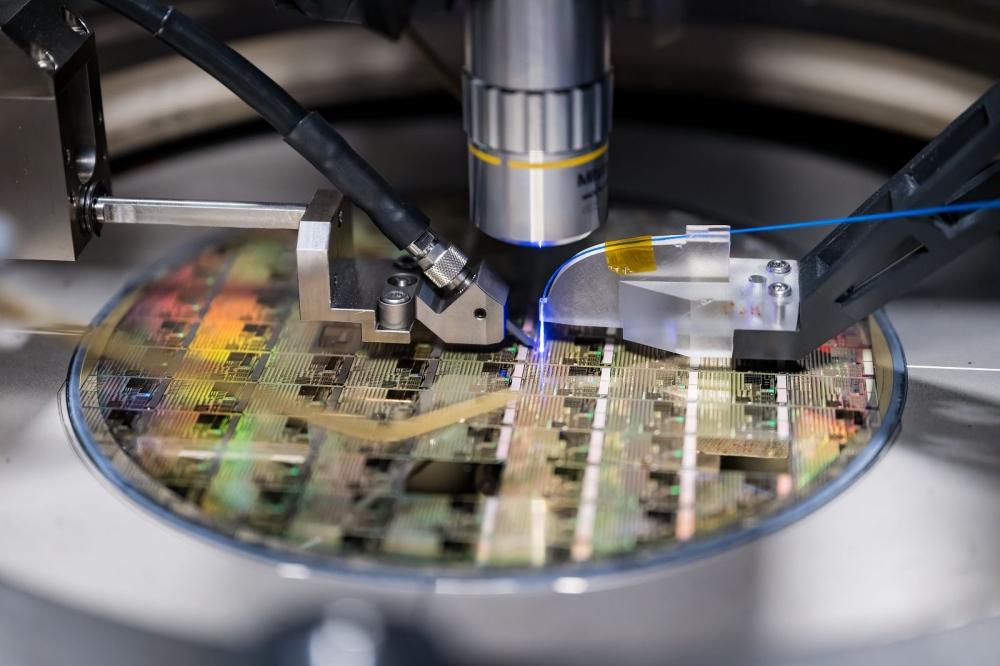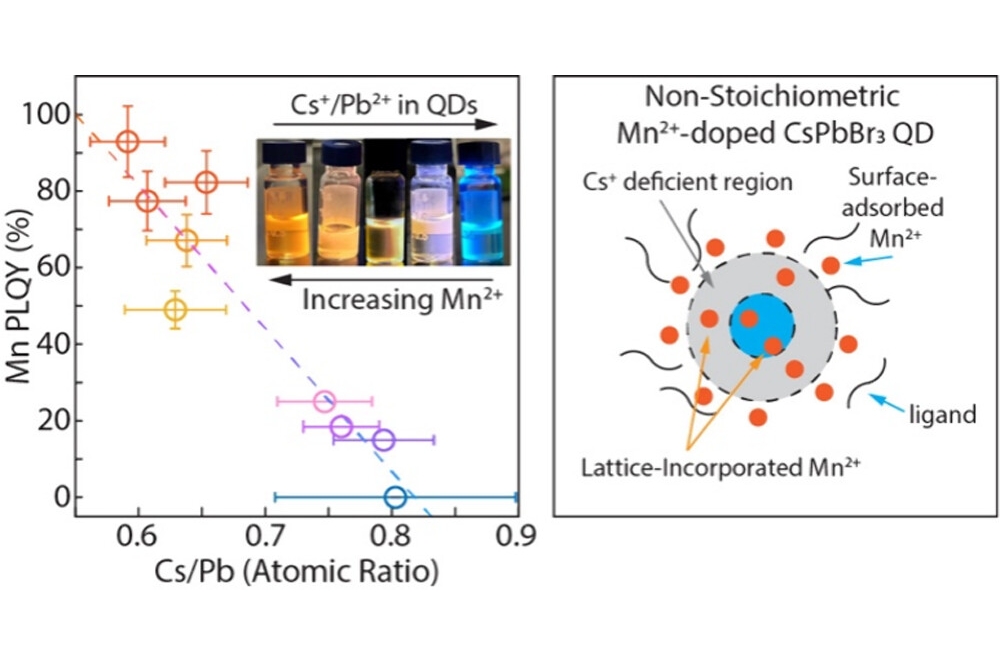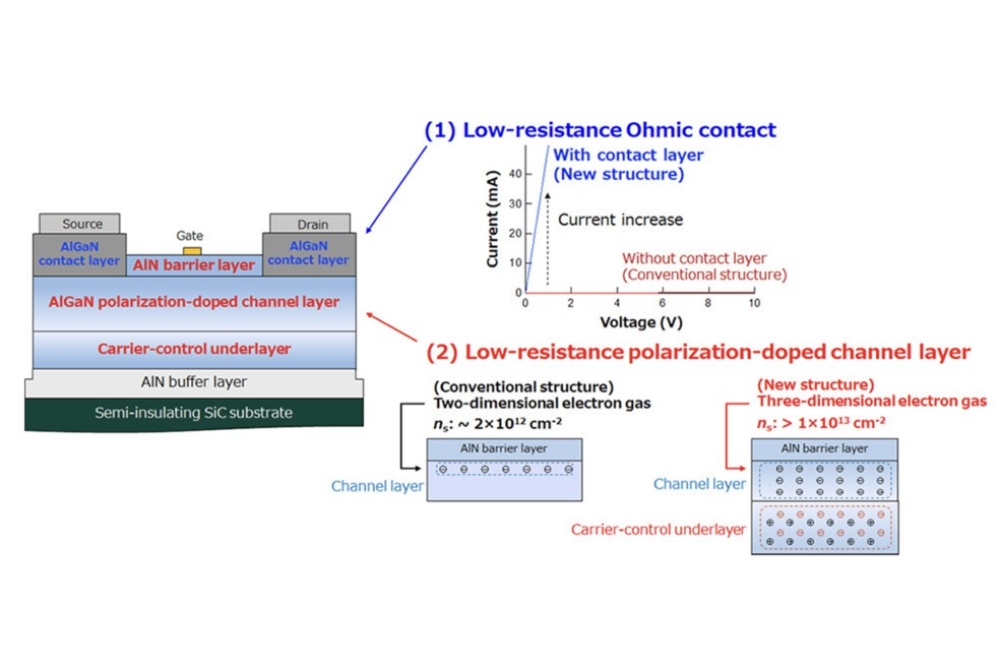Metasurfaces boost microLED performance

A collaboration between Lumileds and Eindhoven University of Technology has produced a technology breakthrough that employs metasurfaces integrated at the chip level to improve microLED emission directionality and enhance efficiency.
The team says this technology offers the potential for much greater microLED display luminance and significantly more effective optical coupling for applications such as augmented reality or data communication applications This pioneering work is published in the April 6 issue of Nature Communications Engineering.
Researchers embedded a metasurface consisting of nano-sized disks within the p-contact layer of microLEDs and stimulated collective resonances with emitting dipoles in the active region. The enhanced light outcoupling and radiative recombination led to notable improvements in LED efficiency. Additionally, the design of the nanostructure lattice was tailored to manipulate the far-field emission pattern of the LED. The team successfully showed that on-axis candela can be doubled for comparable LED output.
“For various applications such as augmented reality and data communication, the typical Lambertian radiation pattern of LEDs is too broad to efficiently couple with secondary optics. It also limits luminance in high ambient light conditions for direct-view displays,” explained Toni Lopez, distinguished scientist at Lumileds R&D. “To overcome these limitations, we turned to nanophotonics.
“The practicality of this approach lies in integrating metasurfaces into common composite contact technology, which eliminates damage to the semiconductor while leveraging existing manufacturing technologies,” noted Oleg Shchekin, CTO of Lumileds. “Beyond microLEDs, this technology holds promise for a wide range of LED applications. The achievement of enhanced light extraction and radiative rate is a prelude to future LED products with higher efficiency than what is possible with the current state-of-the-art composite contact technologies.”
Lumileds is part of a multi-year partnership with Jaime Gomez Rivas’ team at TU Eindhoven. This breakthrough demonstrates how narrowing the emission angle of LEDs can be achieved while also boosting efficiency and is just one of the beneficial results of this collaboration.
Pictured above: Comparison of angular intensity distribution highlights that double on-axis intensity was achieved with microLEDs containing embedded metasurfaces.

